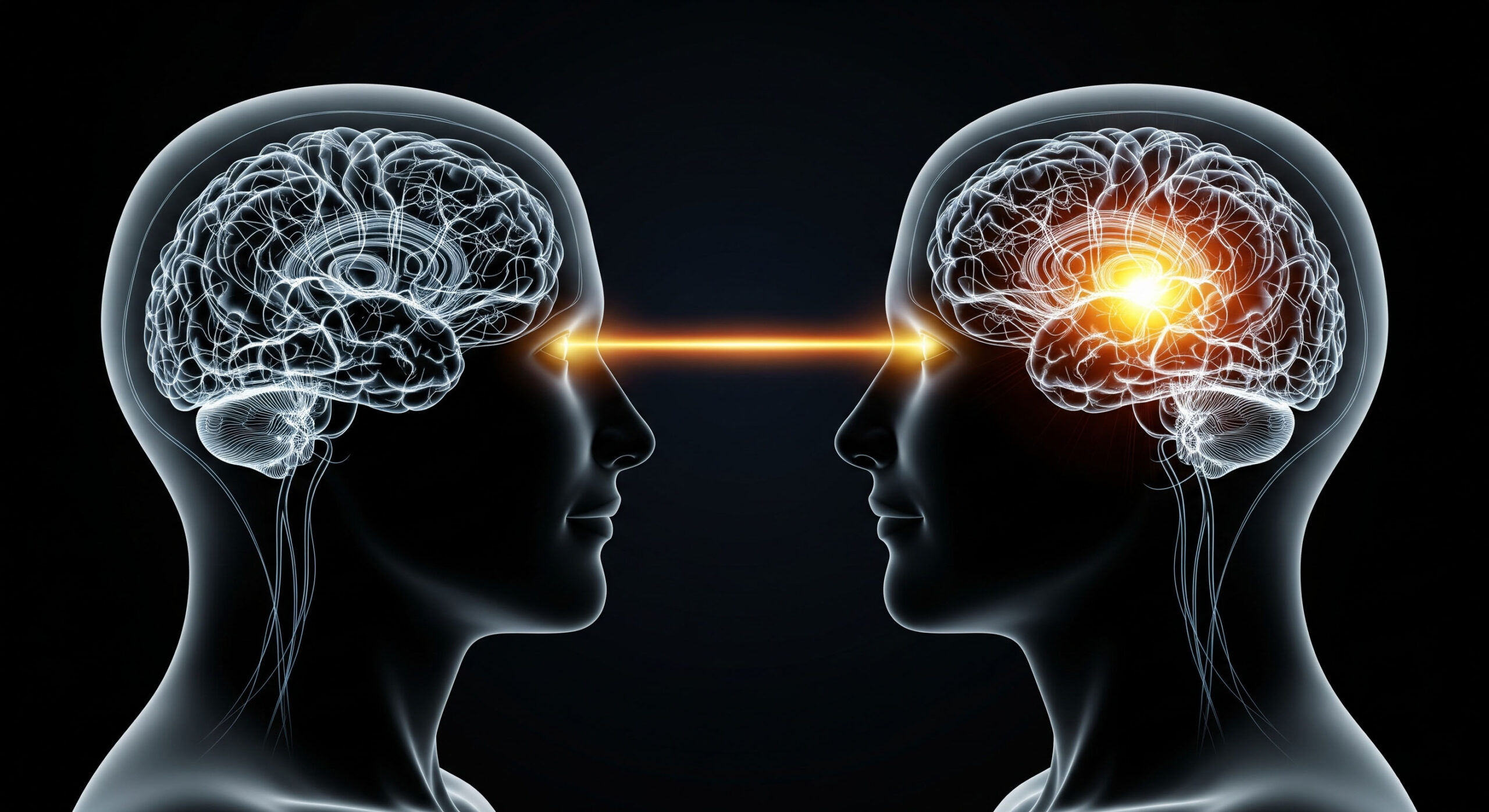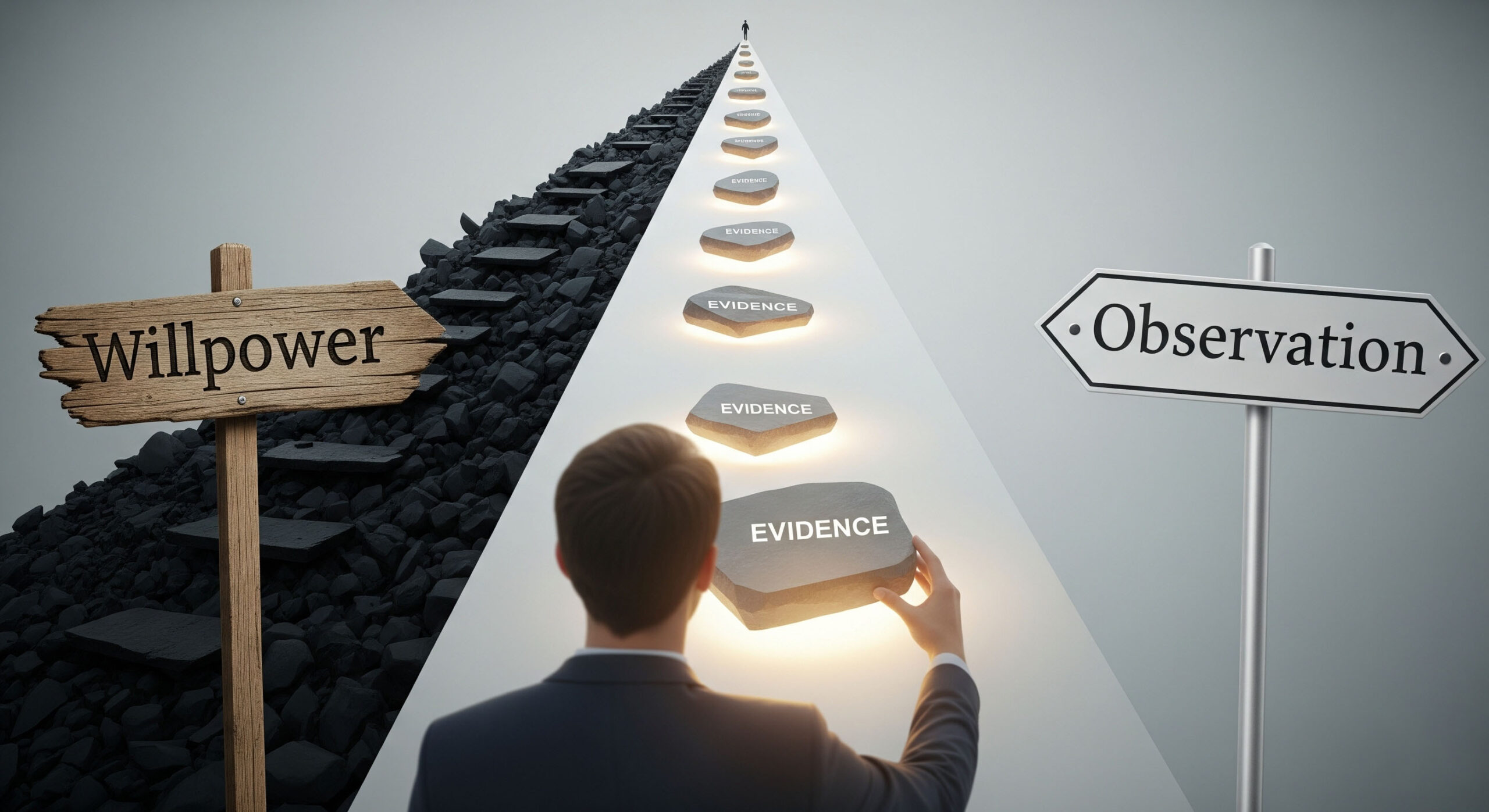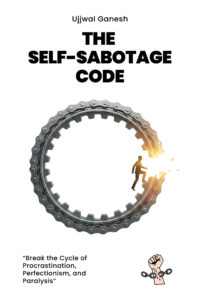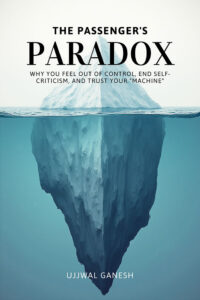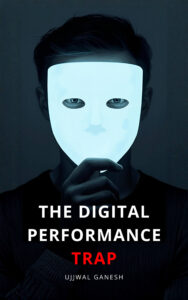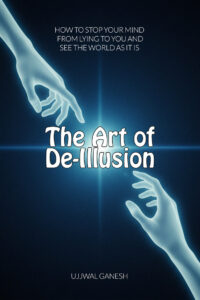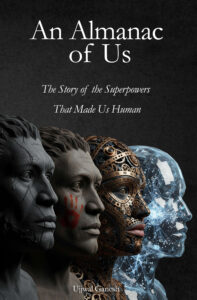You’ve felt this before. You’re watching the final, tense seconds of a championship game. The star player takes the winning shot, and as the ball flies through the air, every muscle in your own body tenses. When they score, a jolt of pure joy surges through you, as if you had scored the point yourself.
Or perhaps a more intimate version: you watch a friend receive wonderful news, and as their face lights up with a huge smile, you feel a genuine smile spread across your own face, a warmth blooming in your chest.
This shared experience—this strange and wonderful contagion of feeling—is so common we take it for granted. But it is not a coincidence or a mere social quirk. It is a glimpse into one of the most profound discoveries in neuroscience: a hardwired system in your brain designed for a single purpose—to connect you to others. This is the science of your brain’s mirror.
Meet Your Brain’s Simulator: The Discovery of Mirror Neurons
For centuries, we called this phenomenon “empathy” and treated it like a vague, almost mystical force. But in the 1990s, a team of Italian neuroscientists made a discovery that changed everything. They found a remarkable class of brain cells called mirror neurons.
These neurons have a unique and almost magical property: they fire both when you perform an action and when you observe someone else perform that same action. As I explain in my book, The Observation Effect, when you pick up a glass of water, a specific pattern of neurons fires. When you watch me pick up a glass of water, many of those same neurons fire in your brain, as if you were doing it yourself.
Your brain isn’t just passively processing visual data; it’s running a full-body simulation of the other person’s experience. It’s creating a virtual reality of their actions and intentions inside your own head, allowing you to understand what they’re doing from the inside out.
From Actions to Emotions: The Neurological Root of Empathy
Here is where this discovery becomes truly profound. This neural mirroring extends beyond simple physical actions and into the complex realm of emotions.
Functional neuroimaging studies have shown that when you observe someone else’s joy or pain, the same neural regions associated with those feelings activate in your own brain. When you see your friend’s face light up with happiness, your brain’s own joy circuits begin to spark. When you see a character in a film break down in tears, your brain’s pain and sadness centers light up in sympathy.
This is the biological basis of empathy. It is not magic; it is mimicry.
Observation is the root of all human connection.
This completely reframes the act of paying attention to someone. It is no longer a passive act of listening; it is an active tool for vicarious experience. By choosing to deeply observe someone; their posture, their tone of voice, the tiny muscles around their eyes – you are inviting your brain to simulate their reality, to feel a shadow of what they feel. This means emotional intelligence isn’t some fixed trait you’re either born with or not. It is a direct outcome of your observational skill.
A Practical Guide to Polishing Your Brain’s Mirror
In a world filled with digital distractions, our natural ability to connect can become rusty. When we’re half-listening to someone while scrolling on our phone, we deny our brain the rich, non-verbal data it needs to run its empathy simulation. The result is misunderstanding and a sense of disconnection.
The good news is that you can consciously and deliberately polish your brain’s mirror. Think of the following as an “empathy workout”—a set of exercises to strengthen your mirror neuron system.
Tool #1: Observe Beyond the Words
In your next conversation, make it your mission to listen with your eyes as much as your ears. Words are often the least important part of communication. Intentionally look for the non-verbal data. As I outline in the “Empathy Workout” in my book, notice the subtle details:
- Their Eyes: Are they bright and engaged, or distant and tired? Do the tiny muscles at the corners crinkle when they smile?
- Their Posture: Are their shoulders tense and raised, or relaxed and open? Are they leaning in or pulling away?
- Their Hands: Are they gesturing to emphasize a point, or are they held tightly in their lap?
This isn’t about analyzing them like a detective; it’s about gathering the raw data your brain needs to build an accurate simulation.
Tool #2: Run the Simulation Consciously
As you observe these non-verbal details, the next step is to actively engage your mirror system. Ask yourself one simple question:
“What would it feel like to be in that body right now?”
Don’t just guess their emotion with your intellect (“They seem sad”). Try to feel a ghost of the physical sensation in your own body. If their shoulders are slumped, let your own body feel the weight of that for a moment. If their voice is full of energy, let yourself feel a spark of that vibrancy. This conscious act of simulation deepens your understanding from an intellectual guess to a felt sense. It’s the difference between reading the sheet music and actually hearing the song.
Tool #3: Reflect to Connect
The final step is to close the loop and show the other person that your mirror is working. You can do this with a powerful communication technique called reflective listening. It involves two simple parts:
- Paraphrase the Content: Briefly summarize what you heard them say in your own words. “So, what I’m hearing is that you’re feeling overwhelmed by the project deadline…”
- Reflect the Feeling: Name the emotion you are sensing from your observation. “…and it sounds like you’re feeling really frustrated and unsupported.”
When you do this, something magical happens. The other person feels truly seen and understood, which is one of the deepest of all human needs. You are verbally confirming that your brain’s mirror is reflecting their reality accurately.
The Most Human Skill
In our increasingly disconnected world, the ability to forge genuine, empathetic bonds is more valuable than ever. Unlocking your brain’s mirror is not about learning a new trick; it’s about reclaiming a fundamental part of your humanity.
The simple, profound act of choosing to truly see another person is the most potent tool you have for creating real connection. It is a skill that can transform your relationships, deepen your understanding, and enrich your life.
This is just the beginning of what your observational skills can unlock. For a complete guide to mastering the art of seeing—from decoding your environment to taking control of your own mind—you can explore the full set of frameworks and exercises in my book, The Observation Effect.
